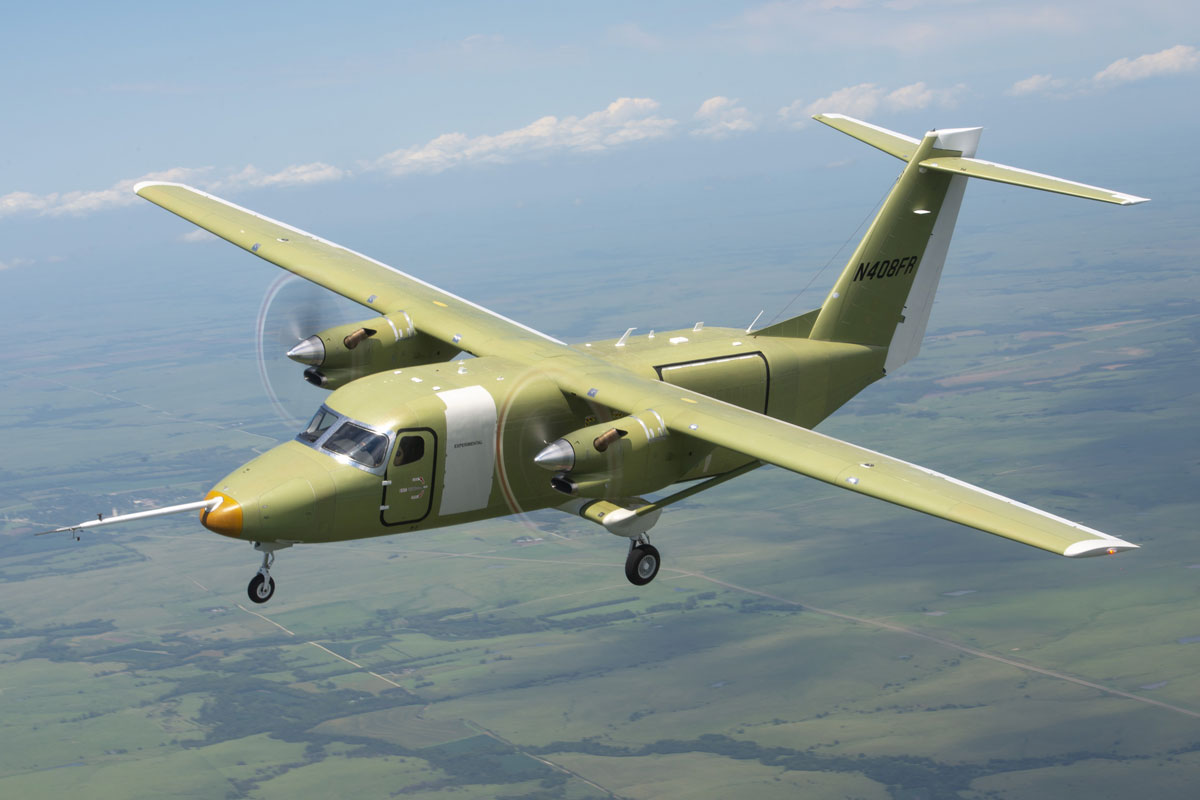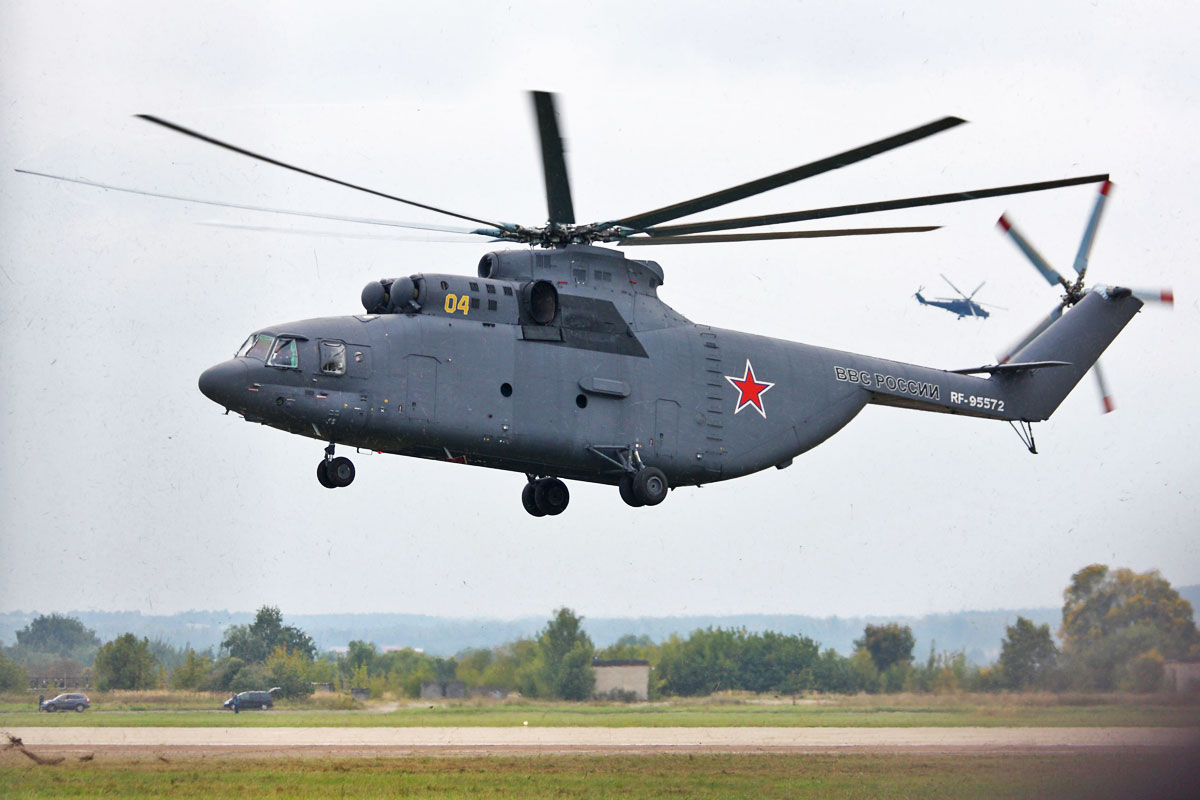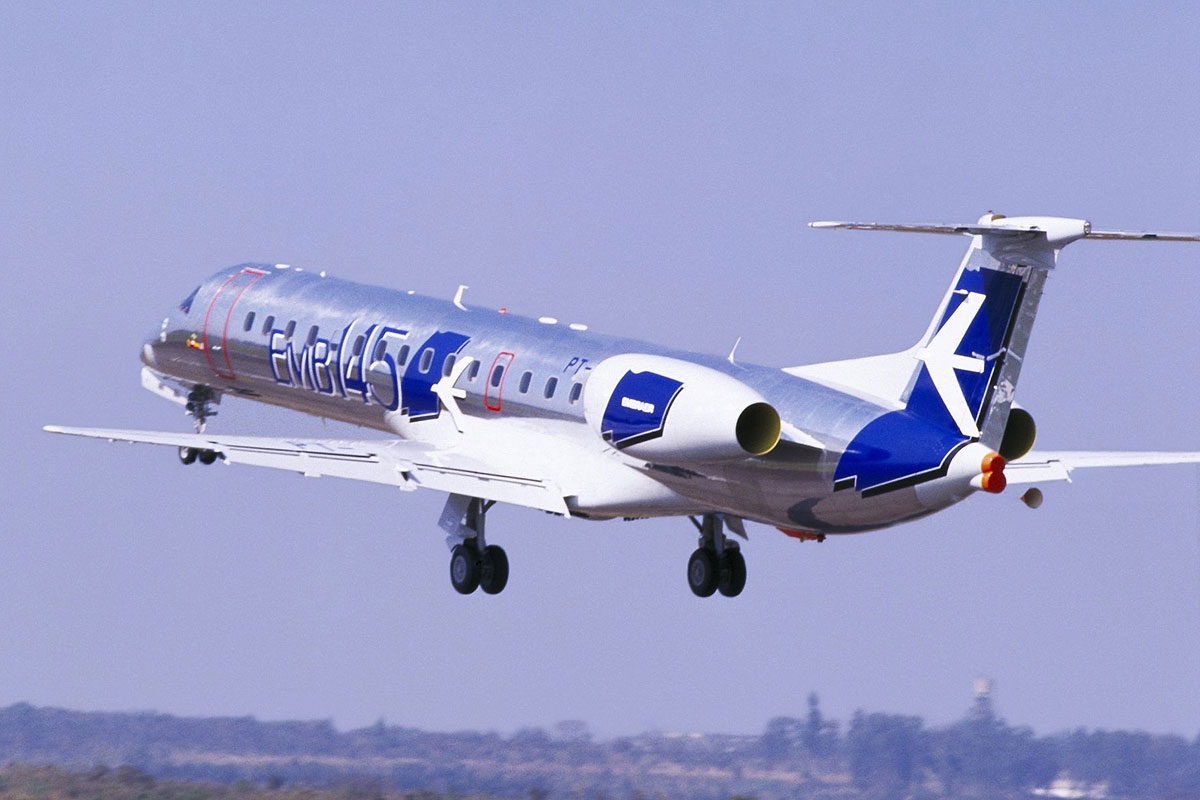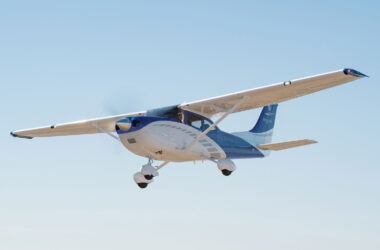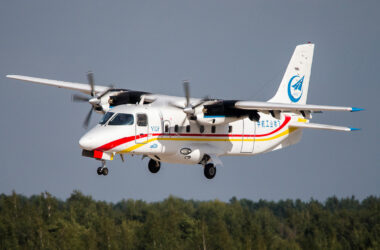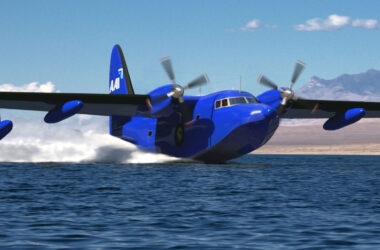Textron Aviation announced on Tuesday that the second Cessna SkyCourier made its maiden flight. The turboprop aircraft is the first to be built in the cargo variant and its main customer is Fedex. With the capacity to carry up to 6,000 pounds of cargo (2,720 kg), the second SkyCourier is also the first to be assembled with series production standards, hence the name P1.
The flight took place almost three months after the first SkyCourier, in the passenger version, took off for the first time, on May 17. Cessna even put the two aircraft on the air to record the moment.
Like the first prototype, the P1 turboprop did not receive its paintwork either. Pilots Peter Gracey and Todd Dafforn were responsible for the flight that lasted an hour and 35 minutes reaching a maximum altitude of 14,200 feet with a maximum speed of 210 ktas.
The second test aircraft will be used for the flight test program, mainly for systems testing, including propulsion, environmental control and avionics, according to Textron.
“This flight is another important step for the Cessna SkyCourier program as it will be used primarily for testing aircraft systems like avionics, environmental control and anti-icing,” said Chris Hearne, senior vice president, Engineering & Programs. “Since the debut flight for the prototype aircraft, the team has rapidly moved through testing and has accomplished its goals of initial envelope expansion and handling, including stalls. When you consider they have achieved all these milestones despite the many disruptions caused by a global pandemic, it’s quite remarkable. The Cessna SkyCourier program is heading through the second half of 2020 with a great deal of momentum.”
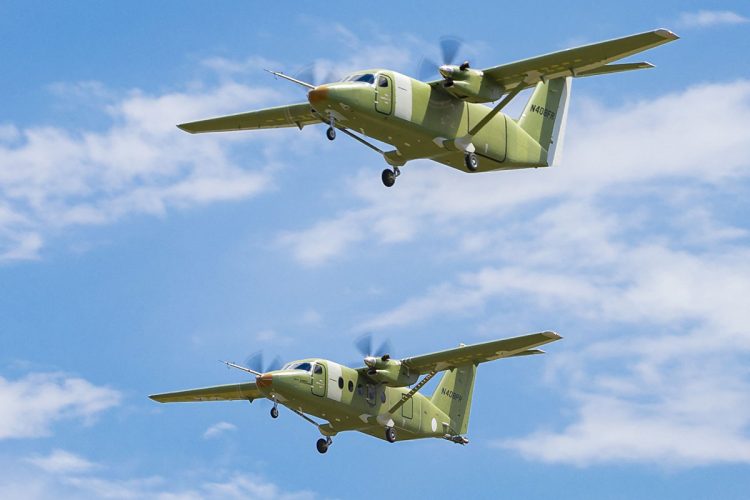
To date, the first SkyCourier has carried out 38 flights, accumulating more than 76 flight hours. A third prototype will join the pair soon to support the certification program.
SkyCourier follows in the footsteps of the successful Cessna Caravan, a single-engine high-wing and fixed landing gear with a very versatile proposal. The new twin-engine turboprop can be used to transport up to 19 passengers or as a freighter, thanks to a rear side door. It is equipped with a suite of Garmin G1000 NXi avionics and Pratt & Whitney PT6 engines.

